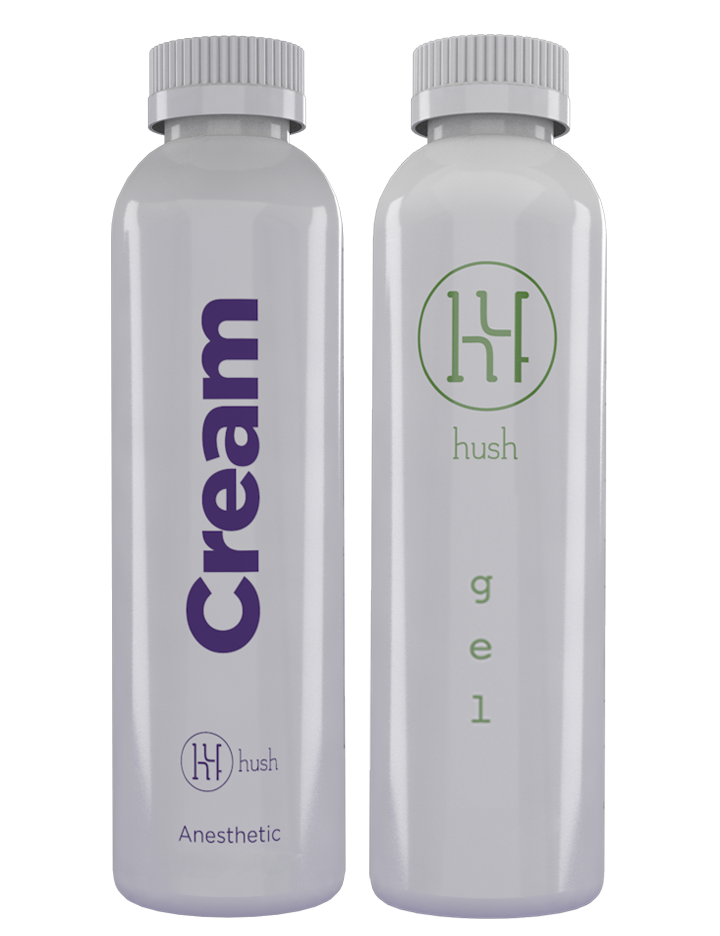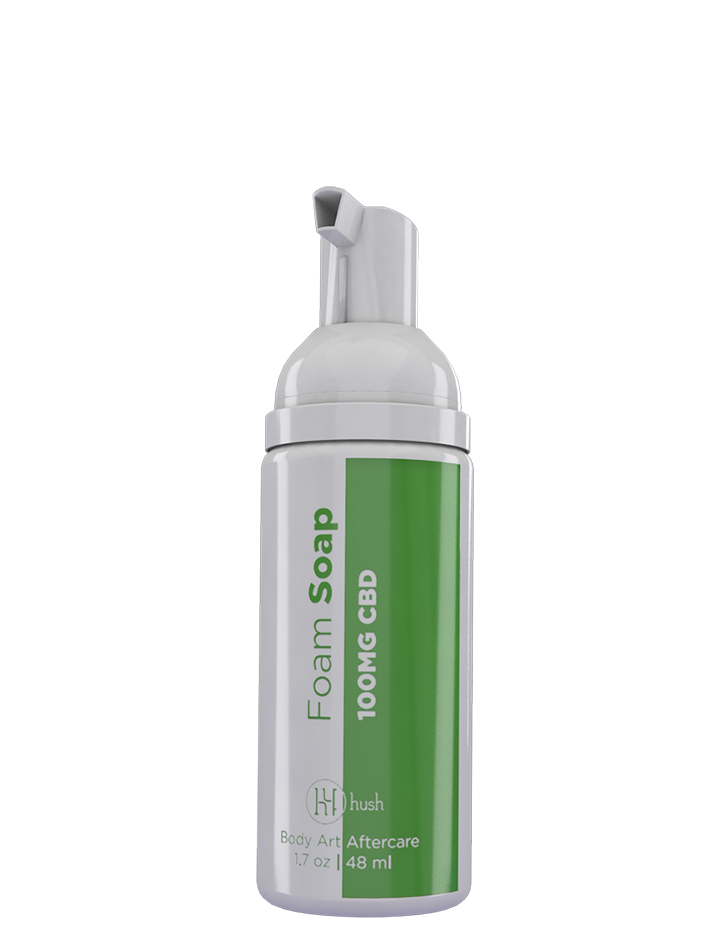
$14.99
Ready for your first tattoo? Don’t be nervous! You’re gonna do great.
As long as you’re aware of the process step by step, make your choices carefully, and prepare yourself for the process, everything will turn out great. Here’s what you should know about the process of getting a great tattoo.
1. Decide on the Tattoo You Want
If you’re new to tattoos, don’t make the mistake that so many people make. There are tons of people out there who got a tattoo just for the sake of getting one.
There was a flash sale, they impulsively got a cheap design, and then they spent a lot of money having it removed or getting a cover-up tattoo. We’re your friends. We have your back. We wouldn’t let you do that.
The idea of getting a tattoo should start with a piece of body art or artist you’re fully committed to. You need to love something so much that you want to get a tattoo of it.
You don’t need to love tattoos so much that you need to get a tattoo just for the sake of it. Take your time thinking this one through.
2. Find the Right Artist To Do Your Tattoo

Once you understand the job to be done, it’s time to find the best person to do it. Your tattoo is only as good as your tattoo artist. Skilled, experienced artists often cost more than newer artists. If your design is intricate or complicated, it’s worth the splurge to book an artist capable of rising to the challenge.
You can ask your friends for references or browse social media to check out any tattoo artist that strikes your fancy. Just be mindful that people tend to make themselves look way better on social media than they actually are.
We’re all a little guilty of strutting for the ‘gram. Look at the artist’s photos, but also look at photos posted by the person who actually got the tattoo.
Reading testimonials helps. It’s important to feel comfortable during your tattoo. You want a knowledgeable, helpful artist who utilizes the best practices. If something’s off, a reviewer is likely to spill.
3. You’ll Make Sure the Shop Is Legit
No matter how good an artist’s work appears to be, you should never get tattooed at someone’s house. Tattooing requires a lot of sterilization, disinfectant, and a special machine called an autoclave that keeps tools sanitary between clients and prevents cross-contamination.
The shop you choose needs to have proper sanitation protocols in place. If it’s dirty and disorganized, that’s a bad sign.
The tattoo shop you choose needs to be as clean as a doctor’s office, and your tattooist needs to be just as knowledgeable in preventing the spread of pathogens. Scope out the work area for cleanliness and look for certificates that show your artist completed all of your state’s requirements for proper licensing.
4. You’ll Work on Designs and Sizing
Your tattoo artist may have to adjust the design and size of your tattoo to make it work a little better for you. This might happen at an in-person consultation where your artist will take measurements of your arm.
It can also happen virtually if you send your artist photos and measurements. You’ll double-check before your tattoo starts.
Don’t get bummed out if your tattoo artist tells you it won’t be possible to get your tattoo exactly how you want it. These small changes to a tattoo design are normal.
Your artist doesn’t want to overpromise and underdeliver if the piece of art you want won’t translate perfectly into a tattoo. Let them get a little creative. You can always veto changes or talk to another artist about what’s possible if you’re not sure of the direction things are going.
5. Your Skin Will Be Prepped for the Stencil
Your tattoo artist needs to prep the soon-to-be tattooed area with a stencil. They’ll create a stencil by tracing the design and transferring it to your skin with special medical-grade ink. Stencils are usually purple, but your tattoo won’t be unless it’s supposed to be.
Before the stencil can be transferred, your skin needs to be prepped. If there’s a lot of hair in the area, the artist might shave out the spot to keep the hair from getting in the way.
Your skin will be cleansed and sterilized with rubbing alcohol to remove any bacteria before the transfer. After the stencil is applied, take a look. If you don’t like how it’s positioned or see something you want to change, now is the time to say something.
Your artist wants to know if you’d like to make any changes before the tattoo starts. It’s much harder once the artist starts tattooing. Speak now or forever hold your peace.
6. Your Artist Will Complete the Outline

Most tattoos have a black (or dark-colored) outline, with the exception of things like watercolor tattoos or photorealistic tattoos. If your tattoo has a black outline, your artist will complete the entire outline first.
The outline will act as a permanent stencil that helps your artist keep shapes and proportions true to the design. If your tattoo doesn’t have a black outline, there are a few ways your artist might approach the tattoo.
If your tattoo can be finished all in one day, your artist will work in sections until it’s complete. If it’s too big to finish in one session, your artist might block in and complete pieces of the tattoo and save the rest for another session.
If this is your first time, this is probably the part you’re stressing about. The needle will deposit the pigments just below the first layer of your skin, where your immune cells will encapsulate it and hold it in place. It feels like a buzzing sensation combined with a stinging sensation, similar to a sunburn.
If you have a low pain tolerance or if you would simply prefer not to be in pain, you can plan ahead. The sensation is heavily minimized if you numb the area before your session. You’ll feel more pressure and vibration than pain.
You Might Stop Here, Depending on the Size Of Your Tattoo
If your tattoo is large, your artist likely won’t do it all on the same day. They’ll complete the outline and maybe some basic shading. You’ll give that a month or so to heal and return to add the color and finishing touches.
You can also elect to stop here if it’s getting a bit too intense for you. The outline is a great place to hit the pause button. If you use a tattoo numbing cream before your appointment, your artist will have plenty of time to get the outline completed before the numbing ingredients wear off.
7. Your Artist Will Add Color
When the outline is completed, your artist will shade your tattoo. They’ll likely switch the kind of needle they’re using with their tattoo machine.
Outlines are done with a smaller cluster of needles, and shading is done with a larger cluster or row of needles. Your artist will fill a larger area, and more needles will allow them to cover more ground efficiently.
8. You’ll Get Wrapped Up and Sent Home With Aftercare Instructions

When your tattoo is done, your artist will wipe it down with special soap and a paper towel. After your tattoo is blotted dry, your artist will wrap it up.
Some artists still use old-school plastic wrap and tape, but most artists have switched to clear adhesive medical-grade sheets that trap moisture and prevent bacteria from coming into contact with your tattoo.
9. Take Great Care of Your Tattoo
Skincare is always important. Tattoo care is a little more important. Your tattooed skin is very vulnerable. It’s an open wound, and it will be for a few weeks.
The top layer of skin on your new tattoo is missing. It will grow back and cover the ink, securing your tattoo and preserving all of its artistic glory. It just needs a few things from you during the healing process.
Moisturizing the area with the right skin protectant or lotion is very important. If your tattoo prematurely scabs or flakes, you can lose the pigments and damage your design.
Your artist will tell you how to care foryour new tattoo, including when it’s safe to keep it uncovered and when you’re good to take a shower. Following their tattoo aftercare advice will lead to great results and reduce the chance you’ll need to return for touch-ups.
In Conclusion: A Lot Goes Into Getting a Tattoo
Getting a tattoo might feel like a big deal, and that’s because it is. A great artist puts a lot of time, effort, expertise, knowledge, and wildly creative, hard work into every tattoo they help to create.
A reliable tattoo shop needs to be kept very clean and sanitary. Every artist works tirelessly to keep things in great shape. You should follow their example by practicing great aftercare for your tattoo. They worked hard to make it happen, and you can work hard to keep their work beautiful.
Sources:
Tattoo You: Immune System Cells Help Keep Ink In Its Place | NPR





